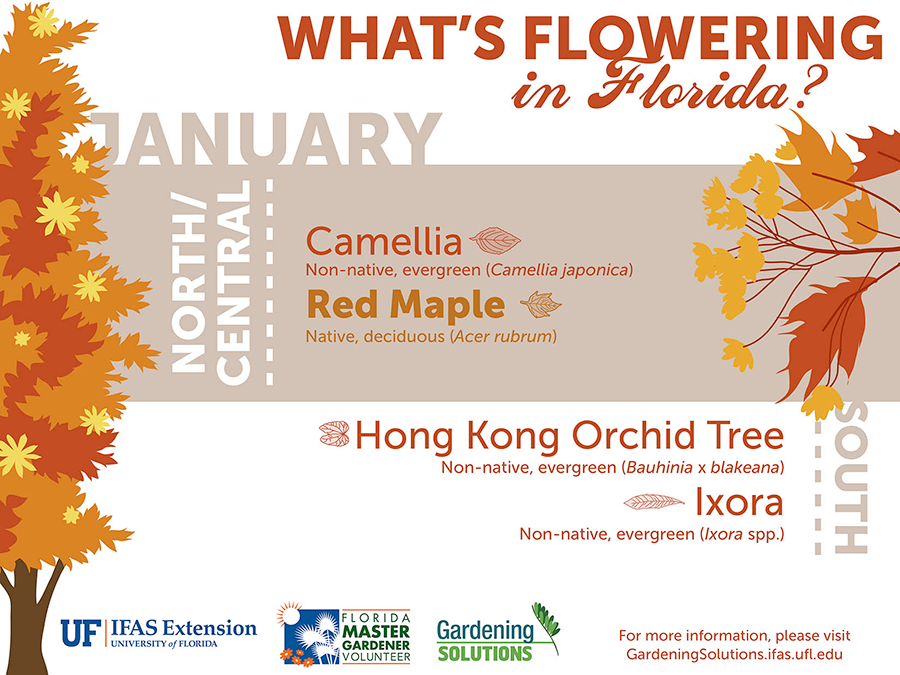Seasonal Tree Stewardship: Strategies For Appropriately Handling Trees Before And After They Are Removed
Seasonal Tree Stewardship: Strategies For Appropriately Handling Trees Before And After They Are Removed
Blog Article
Material By-
When it involves seasonal tree care, ensuring correct management prior to and after removal can dramatically impact the health and visual appeals of your landscape. By understanding the needed steps involved in evaluating tree wellness and getting ready for removal, you can proactively safeguard your property. However what about the essential techniques to comply with once the tree is gone? Keep tuned to uncover the crucial post-removal treatment procedures that will help you grow a thriving and lasting environment for your trees.
Pre-Removal Tree Treatment
Prior to addressing the elimination of a tree, it's crucial to focus on pre-removal tree treatment. Beginning by analyzing the tree's health and structural honesty. Seek indicators of disease, parasite infestations, or any architectural issues that might present a safety and security risk during elimination. It's vital to consult with a certified arborist to establish the most effective strategy.
Pruning plan maintenance or unhealthy branches can avoid more damages to the tree and make certain a smoother elimination process.
Additionally, take into consideration the environmental effect of eliminating the tree. Trees play a crucial role in our environment, so planting a new tree in a suitable area can aid balance out any type of loss. Make certain that you have the necessary authorizations and consents for tree removal, particularly if the tree is safeguarded by regional guidelines.
Seasonal Maintenance Tips
Examining your tree's demands throughout the year is critical for its health and longevity. To maintain your trees in leading condition, adhere to these seasonal maintenance tips.
In spring, concentrate on trimming to eliminate dead or damaged branches and urge new growth.
Summertime asks for regular watering, specifically during dry spells, to guarantee your tree remains hydrated.
As fall techniques, keep an eye out for early signs of disease or stress, and consider applying mulch to shield the origins during wintertime.
In winter, be cautious when removing snow from branches to stop damage, and continue to check your tree's overall wellness.
Keep in mind to adjust your care routine based on the specific requirements of your tree species and neighborhood environment. By staying alert and aggressive throughout the periods, you can assist your trees grow and thrive for several years ahead.
Post-Removal Tree Care
To make certain the wellness of your landscape even after tree removal, proper post-removal care is important. After a tree is removed, it's critical to fill up the remaining hole with topsoil and portable it to stop settling. This will certainly aid maintain the honesty of the ground and stop potential hazards in the future.
Take into consideration growing new vegetation instead of the gotten rid of tree to recover the balance and aesthetics of your landscape. Routinely water the location to advertise the growth of new plants and stop soil erosion.
Examine the bordering trees for any type of indications of disease or stress that may have been triggered by the eliminated tree. Watch out for parasites that might've been brought in to the previous tree and take preventive measures to safeguard the remaining greenery.
If essential, consult with a specialist arborist to assess the influence of the removal on the bordering trees and figure out any type of added treatment needed. By complying with low maintenance rock garden ideas -removal treatment steps, you can make sure the continued health and wellness and charm of your landscape.
Final thought
To conclude, aggressive seasonal tree treatment is vital for keeping the wellness and equilibrium of your landscape. By assessing tree health and wellness, pruning, and consulting with an arborist prior to removal, you can make sure a safe process. After removal, loading the hole, planting brand-new vegetation, and normal watering will certainly promote brand-new development and avoid erosion. Bear in mind to examine surrounding trees for condition and seek more care actions from an arborist to keep your landscape growing.
